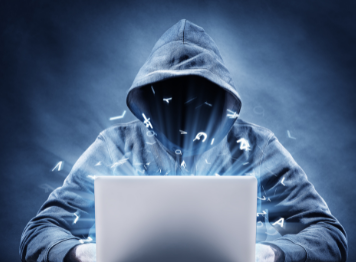About Cyber Forensic
Information Technology Act, 2000 (IT Act 2000) was a landmark piece of legislation for India as it provided the base for Indian cyber law and matters related to the same. With gradual developments and amendments, issues pertaining to cyber crimes, cyber forensics, electronic evidences, cyber security, etc were also incorporated into the IT Act 2000. Although the need for a comprehensive and holistic techno legal framework is still haunting Indian government yet there is no escape from the conclusion that Indian cyber law must also be repealed and replaced by a better piece of legislation.
Course Level: Intermediate/Advanced
Course Delivery: Online/Offline
-min.png)










Reviews